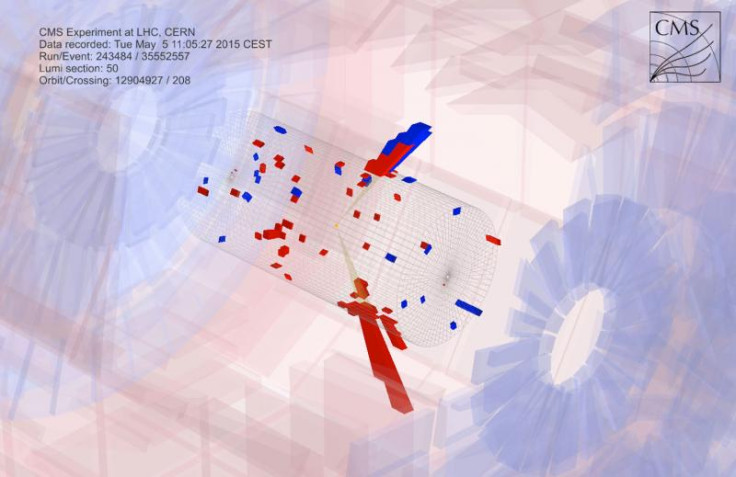Cern: LHC restarts collisions that will eventually explore black holes and dark matter

Proton beams began colliding with each other inside the Large Hadron Collider at Cern on 5 May, for the first time since the accelerator was shut down for repairs and upgrades two years ago.
Proton-on-proton collisions were delivered to fine-tune all four of the LHC's detectors — ALICE, ATLAS, CMS and LHCb.
"Each low-energy collision sends showers of particles flying through an experiment's many layers," Cern explained in a statement. "The experimental teams can use this data to check their sub-detectors and ensure they fire in the correct place at the precise instant that a particle passes."
The collisions saw the accelerator cranking up energy levels of 450 gigaelectronvolts (GeV) per beam.
These are meant to enable the LHC experiments to tune their detectors and adjust the alignment and synchronisation of various sub-detector elements.
Eventually it will accelerate to deliver beams at 6.5 teraelectronvolts (TeV) for collisions at 13 TeV in the next run of the LHC which is expected to explore new territory.
At the end of its previous run, the LHC was smashing protons at energies of 8 TeV.
A short-circuit in a giant magnet had delayed operations set to resume in April.
The $10 billion LHC with its 27km underground network of superconductors was shut down early in 2013 to upgrade for higher energy levels planned.
Scientists hope to create conditions similar to what immediately followed the Big Bang 13.8 billion years ago, even if only for short durations.
Besides a follow up on the Higgs boson with more detailed measurements, researchers hope to uncover much of the mystery behind dark matter, black holes and extra dimensions.
By creating mini black holes in the collider at very high energies, scientists hope to peek into extra dimensions of the universe. In fact, the detection or absence of such black holes could determine the existence and scale of extra dimensions or force physicists to rework fundamental assumptions.
It was in earlier collisions that the Higgs boson or god particle was detected first in 2012, a discovery that verified the Standard Model theory of particle physics.
© Copyright IBTimes 2024. All rights reserved.





